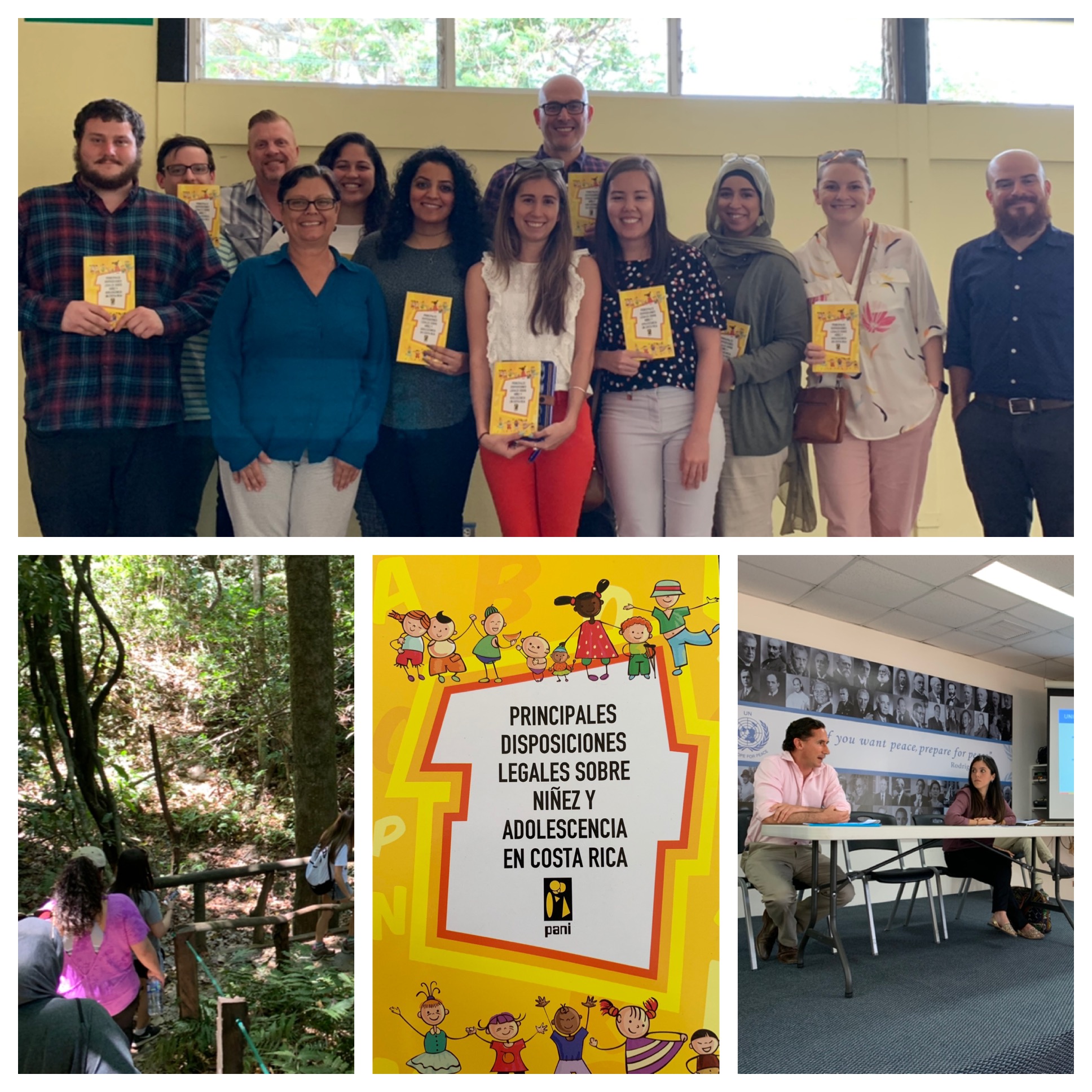Bringing Mental Health to the Forefront
/
October 10th marks World Mental Health Day. Although international days typically do not get much coverage in the United States, World Mental Health Day deserves attention this year due to the significant impact of COVID-19.
In the United States, the epicenter of the pandemic, COVID-19 related job losses, looming evictions, school closures, social isolation, and related issues have spurred stress, anxiety, depression, and other adverse mental health consequences.
The mental and behavioral health consequences have been particularly significant for single-parent families and families with young children. More broadly, evidence suggests that the pandemic is causing an increase in the number of children with mental health issues and worsening children’s existing mental health issues. In addition, COVID-19 related school closings have disrupted children’s access to mental health services. As reported in JAMA Pediatrics, “[A]mong adolescents who received any mental health services during 2012 to 2015, 35% received their mental health services exclusively from school settings.”
The short- and long-term mental health consequences of the pandemic are profound. Although the CARES Act included some funding for mental health services, the second round of stimulus is bogged down in political fighting while children and families continue to suffer. The delays in meeting children’s mental health needs could alter children’s life trajectories.
The occasion of World Mental Health Day highlights three critical shortcomings in the United States. First, we continue to overlook children. Instead of focusing on the safe reopening of schools—and children’s educational, social, and emotional wellbeing—many states have prioritized reopening bars and restaurants. Second, mental health continues to be largely ignored, which tragically is not a new problem in the US. And third, the failure of the U.S. government to embrace children's rights, and human rights mandates more broadly, leaves children and families at a disadvantage—having to rely on charity instead of being able to realize their inherent rights.
Progress on these issues ultimately will require a mindset shift and a recognition that children, mental health, and rights genuinely matter. That’s admittedly a long-term project, when most are focused on the election and events in the near term. But perhaps World Mental Health Day can help start (or rekindle) a dialogue on these underlying issues that are essential to improving the wellbeing of all individuals in the United States.












